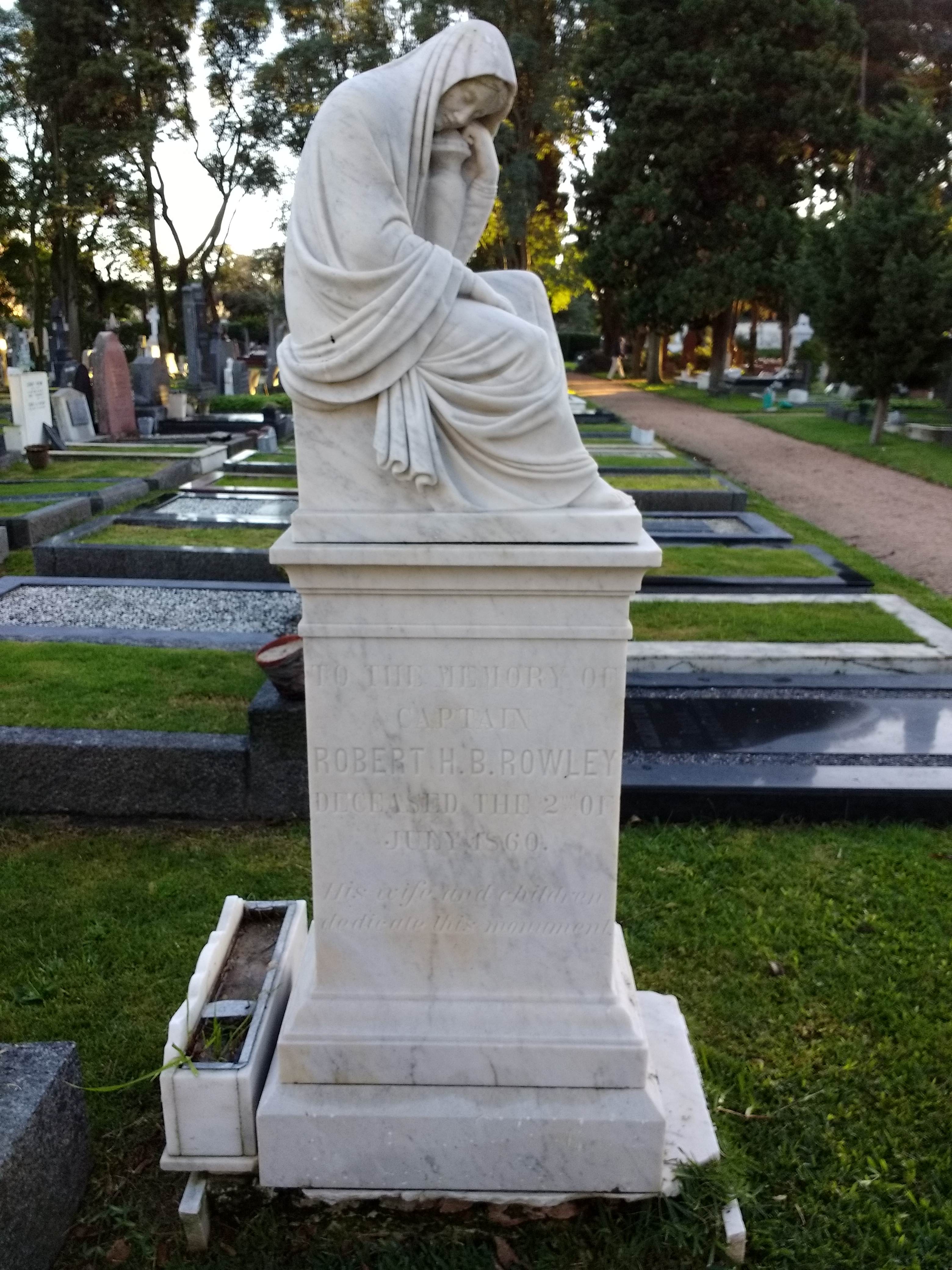|
British Cemetery Montevideo Soldiers, Sailors And Airmen
British Cemetery Montevideo Soldiers, Sailors and Airmen contains information about servicemen of different nationalities whose tombs can be found within the Cemetery. A few of the ships mentioned are well known to the general public, such as or , which fought in the Battle of the River Plate. The British Cemetery Montevideo is included in the Roll of Honour and contains eight graves maintained by the Commonwealth War Graves Commission. British servicemen Early years * Captain Robert Rowley. Commander, Royal Navy. (1817–60). * John Hill. (?–1861). . * Eduard Hall. (?–1865). HMS ''Satellite''. Seaman, HMS ''Satellite''. Drowned off Magdalena 10 May 1865. Aged 20. Native of Walmer, Kent. * John Tuck. (?–1865). HMS ''Satellite''. * Charles Moody. (?–1865). HMS ''Satellite''. * Captain Andrew Anderson. British barque ''Coronella''. (?–1865). * Robert Walter Craven (1850–1866). Naval Officer, HMS ''Spiteful''. Son of William Craven, 2nd Earl of Craven an ... [...More Info...] [...Related Items...] OR: [Wikipedia] [Google] [Baidu] |
Montevideo
Montevideo (, ; ) is the capital city, capital and List of cities in Uruguay, largest city of Uruguay. According to the 2023 census, the city proper has a population of 1,302,954 (about 37.2% of the country's total population) in an area of . Montevideo is situated on the southern coast of the country, on the northeastern bank of the Río de la Plata. A Portuguese garrison was established in the place where today is the city of Montevideo in November 1723. The Portuguese garrison was expelled in February 1724 by a Spanish soldier, Bruno Mauricio de Zabala, as a strategic move amidst the Spanish people, Spanish-Portuguese people, Portuguese dispute over the Río de la Plata Basin, platine region. There is no official document establishing the foundation of the city, but the "Diario" of Bruno Mauricio de Zabala officially mentions the date of 24 December 1726 as the foundation, corroborated by presential witnesses. The complete independence from Buenos Aires as a real city was not ... [...More Info...] [...Related Items...] OR: [Wikipedia] [Google] [Baidu] |
Loyal Regiment (North Lancashire)
The Loyal Regiment (North Lancashire) (until 1921 known as the Loyal North Lancashire Regiment) was a line infantry regiment of the British Army that was in existence from 1881 to 1970. In 1970, the regiment was amalgamated with the Lancashire Regiment to form the Queen's Lancashire Regiment which was, in 2006, amalgamated with the King's Own Royal Border Regiment and the King's Regiment (Manchester and Liverpool) to form the Duke of Lancaster Regiment (King's, Lancashire and Border). History Formation The Loyal North Lancashire Regiment was formed as part of the Childers Reforms of 1881 by the amalgamation of the 47th (Lancashire) Regiment of Foot, 81st Regiment of Foot (Loyal Lincoln Volunteers), 3rd Royal Lancashire Militia (The Duke of Lancaster's Own) and the 11th and 14th Lancashire Rifle Volunteer Corps. The Loyals were one of seven county regiments recruiting in Lancashire. The depot was at Preston, and the regimental district also included the towns of Bolton ... [...More Info...] [...Related Items...] OR: [Wikipedia] [Google] [Baidu] |
Uruguay History-related Lists
Uruguay, officially the Oriental Republic of Uruguay, is a country in South America. It shares borders with Argentina to its west and southwest and Brazil to its north and northeast, while bordering the Río de la Plata to the south and the Atlantic Ocean to the southeast. It is part of the Southern Cone region of South America. Uruguay covers an area of approximately . It has a population of almost 3.5 million people, of whom nearly 2 million live in Montevideo metropolitan area, the metropolitan area of its capital and List of cities in Uruguay, largest city, Montevideo. The area that became Uruguay was first inhabited by groups of hunter gatherer, hunter gatherers 13,000 years ago. The first European explorer to reach the region was Juan Díaz de Solís in 1516, but the area was colonized later than its neighbors. At the time of Spanish colonization of the Americas, European arrival, the Charrúa were the predominant tribe, alongside other groups such as the Guaraní people ... [...More Info...] [...Related Items...] OR: [Wikipedia] [Google] [Baidu] |

